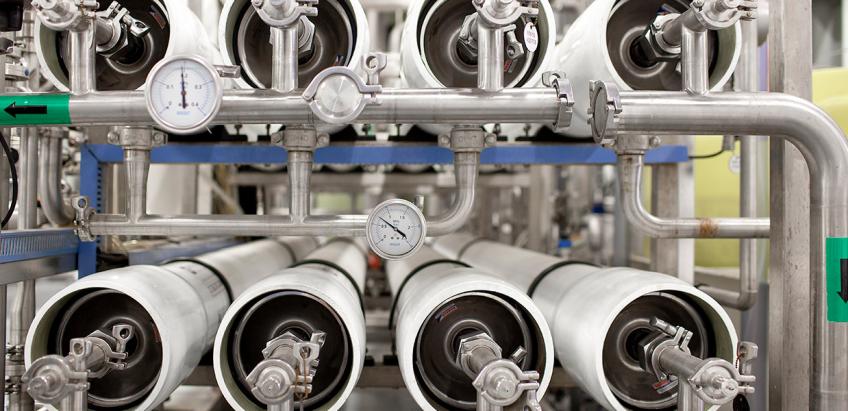- Home
- Latest News
- Is your Water Treatment System getting past it?

Is your Water Treatment System getting past it?
Is your water treatment system over eight years old? If so, according to a market survey of 673 companies, you are among the 40% of users whose systems are getting a bit long in the tooth. Water quality deteriorating? Thinking of replacement? Maybe think again, because refurbishment can be a cost effective alternative, especially in the current economic climate.
If you have an ageing reverse osmosis plant the membranes may need cleaning or replacing. If they are fouled with bacteria, scale or organic matter, this will reduce the permeate output or need an increase in feed pressure to maintain output. Cleaning will usually improve performance and extend the membrane life, but if the permeate quality deteriorates it is quite likely that the membranes have suffered from oxidative attack and may even have pinholes, for which the only cure is replacement. Cation exchange resins in softeners and deionisers are pretty tough and, provided they don't receive more than a trace of chlorine in the feed water, should last for ten years. Anion resins, on the other hand, are less stable and will degenerate over about three years even if they're not used very much. If your service contract doesn't cover media replacement then you should have it tested regularly to ensure that process efficiency is maintained. Loss of treatment capacity and/or deteriorating water quality are very often blamed on ageing plant when, in fact, it's the media and replacement is a quick and easy solution.
Organise spares and consumable packs
Good housekeeping can help to keep an ageing plant going. Calibrate the instruments regularly - if they are telling you lies then you really don't know what's going on. Log sheets recording plant performance day by day are a really good diagnostic tool when something goes wrong, and trending dataloggers are even better.
Just like any other piece of machinery, when water treatment systems get old, parts stop working and need to be replaced. The problems start when the availability of spares becomes an issue. If your system is ageing then ask your water treatment supplier for the strategic spares and consumables packs, and get them to notify you of any obsolete parts and recommend alternatives. This may happen anyway as part of your service contact, if you have one. By having critical parts your bases are covered in the event of critical part failure and that means you can plan and budget for your replacement system. Nobody likes surprises and even replacing a small water treatment system is a cost your budget might not be ready for. Obsolescence planning can help you get the most out of your existing system.
Get a healthcheck
What happens if the plant does fail? Is your system configured for duty/standby operation or does a pump failure stop the whole system? Raw and treated water storage looks like an unnecessary luxury, but sufficient storage capacity might just give you time to do essential repairs without losing production. A good plan is to provide valved connections in your system so that an emergency mobile plant can be connected in the event of a disaster, or simply for planned maintenance outage.
So get a healthcheck! A reputable water treatment supplier will provide a free system survey and identify existing and potential problems with your water treatment plant and show you opportunities where refurbishment could improve performance and save you money. A lot of engineers are concerned that undertaking a plant refurbishment will result in downtime and lost production, but your water treatment system can probably be refurbished out of hours.If this is not possible there's still no need to worry because a temporary mobile plant will provide a continuous supply of purified water while your water treatment system is off line.













